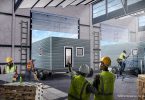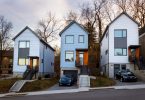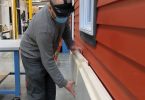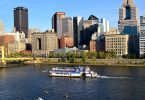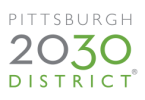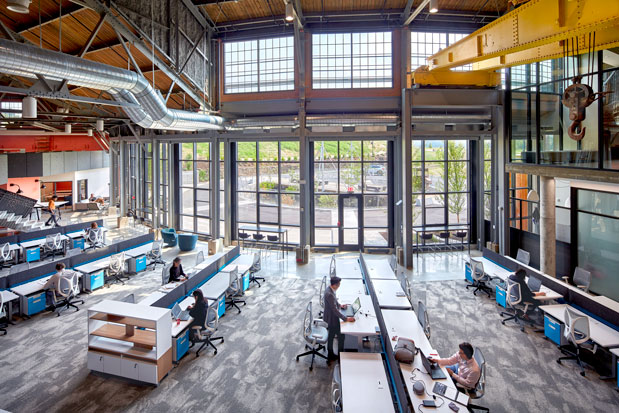
Part of an innovation hub in Pittsburgh, the Roundhouse at Hazelwood Green repurposes a piece of the old J&L Steel Mill as a coworking space for technology accelerator, OneValley. (Ed Massery/GBBN)
Retooling Innovation Districts for Midsized Cities
The last decade has seen the emergence of what researchers at the Brookings Institute call “a new geography of innovation.” Once sequestered in the suburbs on corporate research campuses, the most innovative companies and entrepreneurs are finding their way back to more dense urban areas–and into innovation districts.
Not only a geographical designation, but a complex partnership, investment, and city planning strategy, as described by Bruce Katz and Julie Wagner, these districts “are geographic areas where leading-edge anchor institutions and companies cluster and connect with start-ups, business incubators and accelerators. They are also physically compact, transit-accessible, and technically-wired and offer mixed-use housing, office, and retail.”
This type of development isn’t just about innovation or lab space; and it’s not just universities or research institutions that are driving this change. Rather, innovation districts constitute a form of development that brings public and private research institutions (universities, hospitals, government institutes) together with cutting-edge businesses, startups, developers, and state and local leaders, to invest in and reshape our cities. The factory jobs that had historically defined the economic life of the Midwestern U.S. cities have been gone for a generation. Innovation districts point the way forward, not only in terms of generating solutions of our most pressing problems but also in terms of fostering the growth of sustainable jobs.
Responding, in part, to the desire of highly sought-after research talent for a more balanced, integrated life, innovation districts look beyond the office (and beyond the lab) to entice researchers with complete neighborhoods–places where you can live and work, catch a show, haunt a local coffee shop, and relax in a park. There are, of course, numerous other benefits, not only for workers, but for each of the institutions and actors involved in their development.
Read full article HERE!


